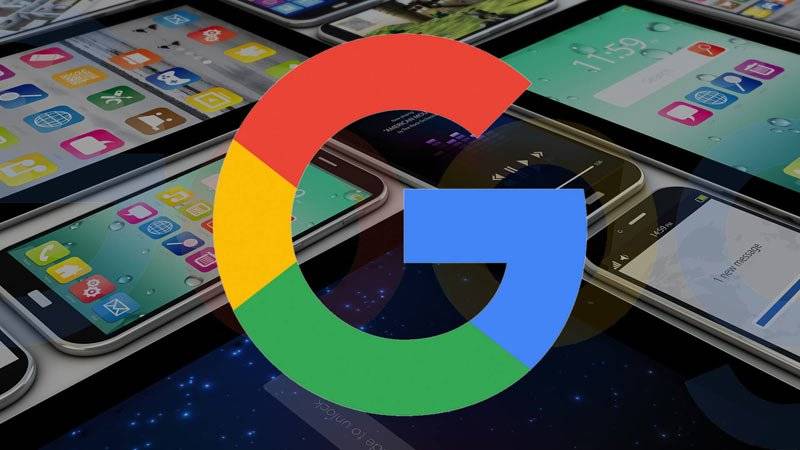Is your website optimised for Google’s mobile-first indexing?
Like it or not, we’ve become a mobile-first world, with more and more people everywhere (the majority in fact) accessing everything online by means of their smart phones. That’s simply the new reality, and if you have a business and want it to be found online by customers then the way you think about your website and how you optimise it for online search has to change. And this is why earlier this year, Google announced that it had moved to a mobile-first index.

But first, what is mobile-first indexing?
Indexing is the process that Google uses to capture the information on your website. The Google bot crawls the pages of your website to scan and read their content to see what the pages are about. It then indexes the pages so they can be found by people using Google to search for relevant terms.
Originally, Google built is indexing process with desktop versions of websites in mind. But as we said, with most people now using smart phones to access the online world, Google wants to prioritize mobile-friendly content for mobile users when they use Google to visit a website. With the shift to mobile-first indexing, Google now gives priority to indexing the mobile version of your website over your desktop version.
It’s not that Google has created a new index for its content – Google still has one index, but it has changed the way it adds content to that index, by giving priority to content that is optimised for mobile. As a result, any business that ensures its website is optimised for mobile-first indexing will be rewarded with higher traffic numbers.
How to ensure your website is not affected by mobile-first indexing
Like any other SEO or search engine optimization tactics, optimizing your website for mobile is all about ensuring a great experience for the user. Responsive website design ensures that you can publish the same content across any device, including mobile or tablet, that a user might use to access your website.
This is why websites that use a responsive design won’t be affected by Google’s mobile-first indexing because their website content is already the same for desktop and mobile. Websites that will be affected, however, are those that use separate URLs for desktop and mobile users.
Why your website needs to be both responsive and optimised for mobile
To enable your website to successfully meet the criteria for Google’s mobile-first indexing you need to ensure your website is both responsive and optimised for mobile.
To ensure this you need to get your mobile SEO right. Mobile SEO takes into consideration all the things that go into ensuring SEO for desktop websites – things like great content, headings, keywords – and adds things like website load speed, small image files and readability.
Is your website both responsive and optimised for mobile?
How can I make sure my website is optimised for Google’s mobile-first indexing?
If you want to continue to ensure your business can be found online, then mobile-first indexing needs to be one of your main priorities. If you’d like to double check your website’s performance in response to Google’s mobile-first indexing requirements talk to the team at Net Branding. Out SEO specialists are helping businesses all over New Zealand ensure their websites are both responsive in design as well as optimised for mobile search to enable a great user experience for their customers. We’re just a click or phone call away, so contact us today.






